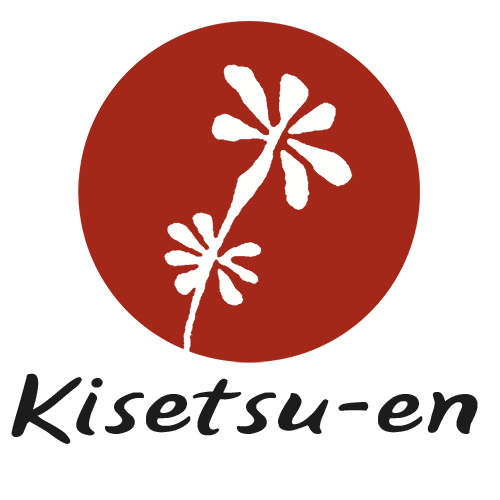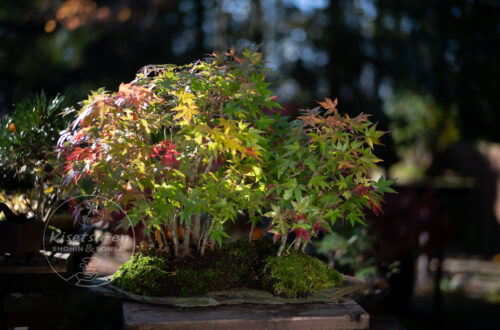Top 5 bonsai No. 3
The next of my favourite bonsai on the top 5 bonsai list, still in random order, is the Yew. European Yew, alias Taxus baccata. To me one of the strongest and most beautiful trees that is a full quality replacement for the classic Japanese black pine traditionally (and almost always) used as the main bonsai in a Shohin display i Japan. And therefore copied in most of Europe. The reason why I mention a replacement for the Japanese black pine, is that this tree doesn’t cope well with the colder parts of Europe, and it is difficult to maintain a good tree here in Northern Europe. Instead I recommend the use of the European Yew, that have the same qualities as the Japanese favourite, showing strength and adding peace to the display.

The Yew, Taxus baccata and other varieties, are easy to grow, tolerant to pruning and it is possible to develop a fine and dense ramification of branches. The dark green foliage looks great towards the grey-brown aged bark. In the other posts about my favourite bonsai, I also mention some disadvantages, so here they come. Like Junipers and Cotoneaster, the wounds do not heal with callus like on many deciduous trees when larger branches are removed. Therefore it is important incorporate this in the design. Furthermore it is importnat to know that Yews are very hard wooded, and therefore wiring branches and positioning them should be done at a young age (the branches, not your age).
In Japan it is common to brush the bark and remove flakes of bark, to achieve a smooth looking brown trunk. This to add contrast between living and dead wood enhancing the image. I have always preferred natural aged bark and do not use this method for that reason. I like the flaked grey brown bark, that for me is a more natural and beautiful expression.

Yews can be attacked by Scale insects. I try to keep an eye on the trees especially in spring and the start of summer where these bad boys have a habit of visiting.I remove them manually with a nail or with a pair of tweezers. Also using a water to wash the rests of is good, removing youngsters not yet hidden by their protective shield.
The roots of Yews are ramified so it is easy to prune. Rougher than on Azalea and Rhododendron, but it can be reduced heavier when transplanting a larger tree to a smaller pot, than other trees. The dense root mass have a lot of water consumption roots, and is therefore easier to adapt to a small shohin pot in a shorter time.

Yew also tolerates heavy pruning Just take care not to remove all green because this might cause its death. Keep some foliage to regain strength and a healthy tree when you hard prune a Yew the first time to reduce its size.
During the summer period, Yew like partly shade during the midd day with hard sun. It even tolerates a shadowed area, but will have a better and tighter growth if not set in full shade. Remember to keep the soil from drying out totally, and a small shower will make the Yew happy when watering.





No Comments
africanbirding
Reblogged this on Wolf's Birding and Bonsai Blog.
tsukibibi
Yews are my favorite trees for all the reasons you’ve noticed ! Thanks for the sharing. You can have a look on my job (I have been working bonsai for only 3 years) : http://opalebonsai.canalblog.com/